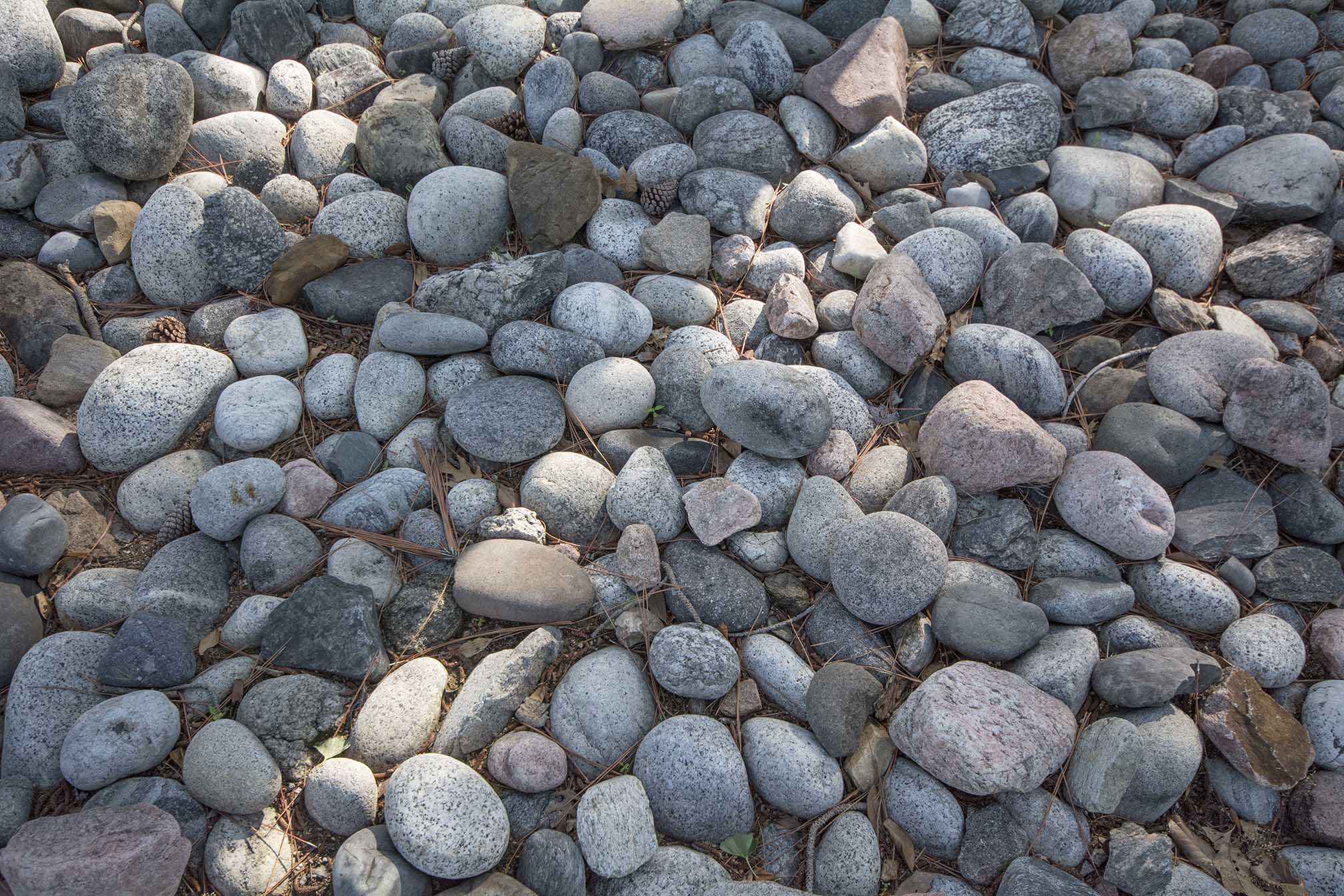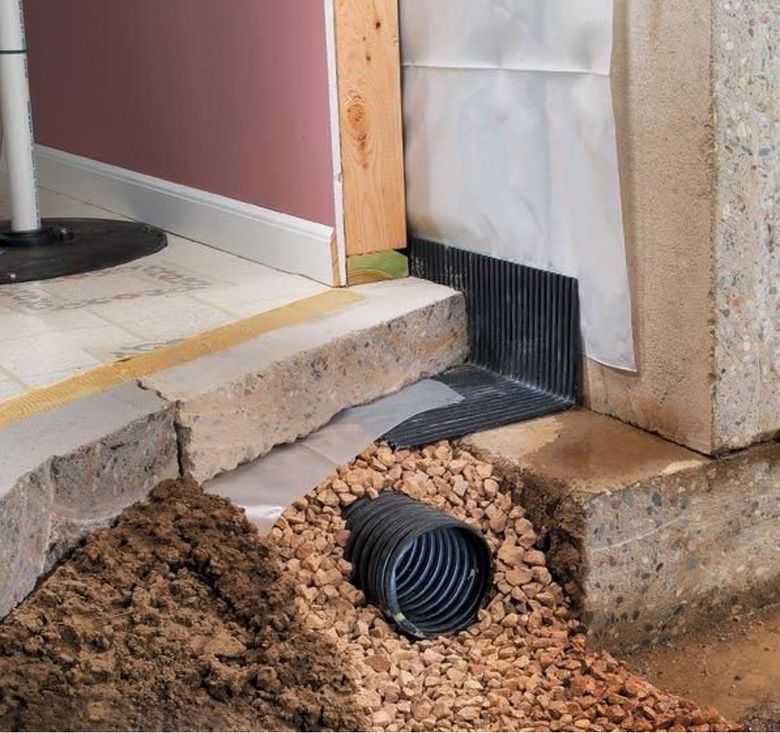The Crucial Guide to Preserving Your French Drainpipe for Resilient Performance
Preserving your French drainpipe is crucial to its efficiency and your building's security. Normal checks can save you from pricey repair services and water damage. You'll need to know what signs to look for and just how typically to check your system. And also, understanding the cleaning process can make a substantial difference. Allow's explore the vital actions for ensuring your drainpipe works well for many years ahead.
Recognizing the Feature of a French Drainpipe
A French drain is a crucial component in handling water around your home. It directs excess water away from your foundation, preventing flooding and damages. When heavy rainfall drops, the drain collects water via a perforated pipeline buried in gravel. This system permits water to stream freely, minimizing pressure on your cellar walls and reducing the danger of leaks.You might wonder just how it operates in practice. As water fills the dirt, gravity pulls it toward the drainpipe. The perforated pipeline catches this water, transferring it to an assigned water drainage location or tornado drain. This procedure maintains your lawn completely dry and shields your home's architectural integrity.Understanding how a French drain features is key to appreciating its relevance. By properly directing water away, it assists maintain a completely dry and secure living setting. Maintaining your French drain in top condition assurances you prevent expensive repair work down the line.
Routine Examinations: What to Search for
Begin by examining for any kind of blockages that could be blocking water flow when you're inspecting your French drainpipe. Take note of indications of surface disintegration around the drainpipe, as this can show prospective problems. Routine evaluations will aid keep your water drainage system working efficiently.
Blocked Drainpipe Assessment
Just how can you tell if your French drain is blocked? First, watch for water pooling in your backyard, particularly after heavy rain. That's a red flag if you notice areas where water accumulates instead of draining. You need to likewise examine the drain electrical outlet; if water isn't flowing out as it should, there's most likely a blockage. Listen for uncommon gurgling sounds, which can indicate trapped air. Furthermore, examine the drain's surface area for any vegetation growth, as origins can clog the system and penetrate. Ultimately, if you smell stuffy smells, it could direct to stagnant water brought on by a blockage. Frequently examining these indicators can aid you keep your French drain efficiently and stop pricey fixings.
Surface Area Erosion Check

Cleansing Your French Drainpipe: Step-by-Step Overview
Cleaning your French drainpipe is important for keeping it working correctly. You'll need some specific devices and a clear procedure to ensure every little thing runs smoothly. Let's walk with the steps and tips for maintaining your drainpipe efficiently.
Devices You'll Require
To deal with the job of cleansing your French drain successfully, you'll wish to gather a couple of important tools. First, get a strong set of gloves to secure your hands from debris and sharp objects. A little shovel or trowel will help you get rid of dust or obstructions around the drainpipe. For removing the inside, a plumbing professional's serpent or a high-pressure water nozzle can be exceptionally beneficial. You'll additionally need a container for gathering any kind of debris you draw out. Ultimately, having a yard hose accessible will make it simpler to wash out the drain and assure it's flowing smoothly. With these devices all set, you'll be set for a complete cleansing session!
Cleansing Process Steps
Start by assessing the area around your French drain for any type of noticeable debris or blockages. Get rid of fallen leaves, branches, or dust that may obstruct water flow. Next off, check the inlet and outlet areas; clear any blockages to ensure proper drainage. Make use of a yard hose to flush the drain, routing water into the inlet. This assists dislodge any accumulated sludge or sediment. Take into consideration utilizing a plumbing professional's snake to damage them up if you observe persistent blockages. After cleaning, inspect the crushed rock around the drainpipe; renew it if it's removed. Ultimately, verify the drain covers are undamaged and securely in area to stop debris from getting in. Regular cleaning maintains your French drain operating properly.
Maintenance Regularity Tips
While regular maintenance is important for your French drain's durability, knowing exactly how often to maintain it can make all the distinction. Preferably, you ought to evaluate your French drainpipe at least two times a year, preferably in springtime and autumn. After heavy rains or snowmelt, check for clogs or debris. If you discover any type of standing water, it's time to clean your drain.In areas with hefty vegetation, even more frequent upkeep-- regarding every three months-- may be necessary. Furthermore, consider cleaning your French drain after significant tornados or if you observe water merging in your yard. site web By staying aggressive, you'll ensure your French drain features successfully and protects your residential or commercial property from water damage. Regular checks will certainly conserve you money and time in the future.
Identifying Typical Issues and Their Solutions
When you observe water merging in your backyard or damp areas in your basement, it's essential to recognize usual problems with your French drainpipe and implement reliable solutions. One frequent issue is clogging, usually brought on by particles like leaves or debris. To repair this, you can make use of a pipes snake or a high-pressure water jet to clear blockages.Another problem could be improper incline. Water will not move away from your home if your drainpipe isn't sloped correctly. You can readjust the incline by excavating and repositioning the drainpipe pipe.Lastly, look for damage or fractures in the drainpipe itself. Replacing the damaged areas is crucial for peak efficiency if you locate any type of. By resolving these problems immediately, you'll assist ensure that your French drainpipe proceeds to operate properly, safeguarding your building from water damage and preserving a dry, safe setting.
Seasonal Maintenance Tips for Your French Drainpipe
Dealing with common issues with your French drain is simply the very first step in ensuring its read review long-lasting effectiveness. Seasonal upkeep is crucial for peak efficiency. In the spring, remove leaves and debris that may have accumulated during winter months. Look for any kind of clogs in the electrical outlet or capture container, as water needs a clear course to move freely.During summertime, inspect your drainpipe for any signs of clearing up or moving dirt. Make particular it's still degree and operating effectively. As fall strategies, clean out any type of dropped delegates stop blockages before winter months arrives.In winter season, watch for freezing temperatures. If you live in a chilly climate, make certain your drainpipe isn't at danger of cold. Protecting subjected pipelines can assist. Normal checks and timely upkeep can stop costly repairs and maintain your French drain functioning successfully year-round. Stay aggressive and delight in comfort understanding your drainage system remains in great form!
When to Employ a Specialist
Recognizing when to call in a professional can save you time and protect against further damages to your French drain. If you see persistent standing water in your lawn, it's a clear indication that your drainpipe may be blocked or harmed. Don't ignore unusual smells, as they can suggest sewage back-up or decay, which requires prompt attention.If you locate that your drainpipe isn't functioning properly after efforts to tidy or preserve it, it's time to connect for professional help. Furthermore, if you're unsure regarding the underlying concerns or do not have the necessary devices, employing a specialist can provide peace of mind.Finally, if your French drain is old or has experienced significant damage, specialist analysis can figure out whether repair services or total substitute is required. Count on the experts to ensure your drainage system works efficiently for many years to find.
Tips for Avoiding Future Drainage Issues
To keep your French drainpipe working successfully, consistently inspecting and keeping it can make all the difference. Beginning by removing particles, leaves, and dirt from the surface and drainpipe openings. This prevents blockages that can result in water back-up. Inspect the crushed rock around the drain; if it's compressed or deteriorated, consider adding fresh gravel to maintain optimal flow.Next, divert water far from your drainpipe by making sure downspouts and seamless gutters are clear and directing water at the very least three feet far from your foundation. Consistently check for any kind of indicators of damage or drooping. If you discover issues, resolve them immediately.Finally, consider setting up a catch or a filter container to trap bigger particles before it goes into the drain. By staying positive with these suggestions, you'll decrease the danger of future drain problems and keep your French drainpipe in top shape.
Regularly Asked Questions
How much time Does a French Drainpipe Usually Last?
A French drain usually lasts around 30 to 40 years, depending upon the materials utilized and maintenance (Portland French Drain). If you stay up to date with normal checks, you can prolong its life-span even better
Can I Mount a French Drain Myself?
Yes, you can mount a French drainpipe yourself if you've got the right tools and knowledge. Just ensure to intend meticulously, comply with regional regulations, and assurance appropriate drain to stay clear of future concerns.
What Materials Are Utilized in a French Drainpipe?
You'll require perforated pipe, gravel, landscape browse around this web-site textile, and a solid drain pipeline for your French drainpipe. These products assist redirect water effectively, protecting against flooding and maintaining your residential property completely dry and safe from water damages.

Is an Authorization Required to Set Up a French Drain?
You'll likely require a license to set up a French drainpipe, relying on regional policies. Consult your municipality to assure you adhere to any kind of necessary guidelines and avoid potential issues throughout setup.
What Are the Expenses Connected With French Drainpipe Upkeep?
Maintaining a French drainpipe commonly costs between $100 and $500 every year. You'll need to take into consideration expenditures for cleansing, repair work, and evaluations. Regular maintenance helps prevent bigger costs and guarantees your system operates effectively for many years - Portland French Drain. When you're checking your French drain, beginning by examining for any clogs that might be blocking water circulation. By staying proactive, you'll assure your French drain features successfully and safeguards your building from water damages. When you discover water merging in your backyard or damp areas in your cellar, it's vital to recognize common issues with your French drainpipe and carry out efficient options. You can adjust the slope by digging and rearranging the drain pipe.Lastly, check for damage or cracks in the drain itself. Inspect the gravel around the drain; if it's compressed or deteriorated, consider adding fresh gravel to maintain suitable flow.Next, draw away water away from your drainpipe by making certain rain gutters and downspouts are clear and guiding water at least 3 feet away from your foundation